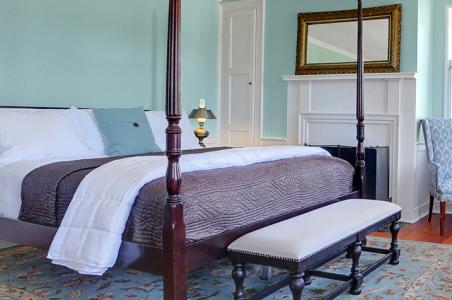Learning about the history of a location doesn't have to happen inside a museum. As warm weather approaches, check out these Cumberland Valley locations where you can add some historical knowledge to your outdoor explorations.
Camp Michaux
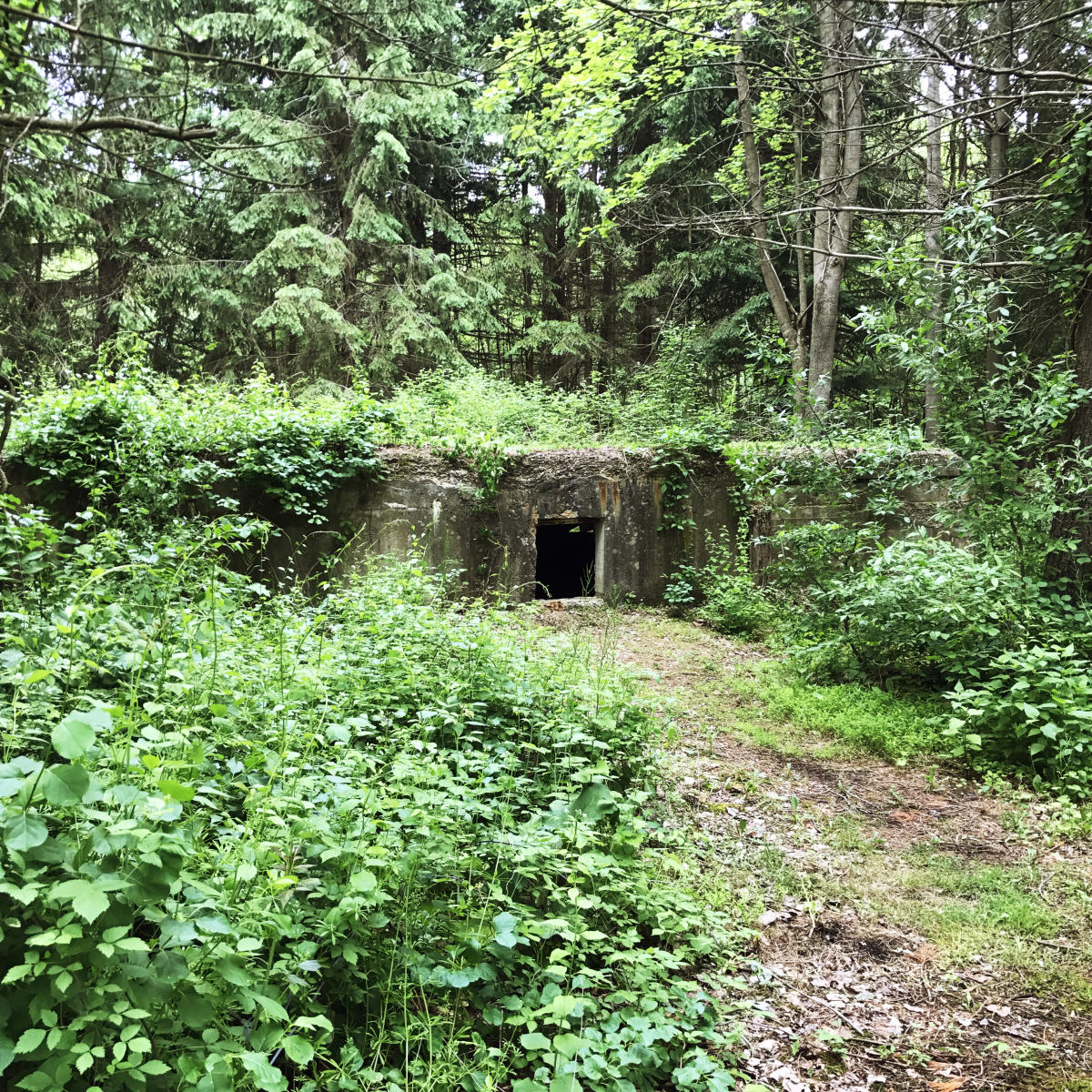
Two miles northwest of Pine Grove Furnace State Park, Camp Michaux has been a church camp, a Civilian Conservation Corps Camp (CCC), a secret POW camp during WWII, and a working farm with links to the iron industry in the late 18th, 19th, and 20th centuries. Download the self-guided walking tour and follow the trails to each marker to learn more about the interesting history of this quiet location nestled in the ridges of the South Mountain. Along the way, you will see the remains of buildings from the POW era. The trails are mostly clear, but be aware of rocks, holes, and protruding roots. Copperhead and rattlesnakes are known to be in the area, and poison ivy is prevalent, especially if you wander off the trails. The Cumberland County Historical Society also hosts guided walking tours of Camp Michaux several times throughout the year.
Army Heritage Trail

The Army Heritage Trail at the US Army Heritage and Education Center allows users to experience the history of the U.S. Army while walking along this one-mile loop. Fourteen individual exhibits from the French & Indian War through current operations can be enjoyed and explored from dawn to dusk. The trail is flat and made of cinder, making it easy for everyone to enjoy. Leashed dogs are welcome. Best of all, it’s free!
Cumberland Valley Rail Trail
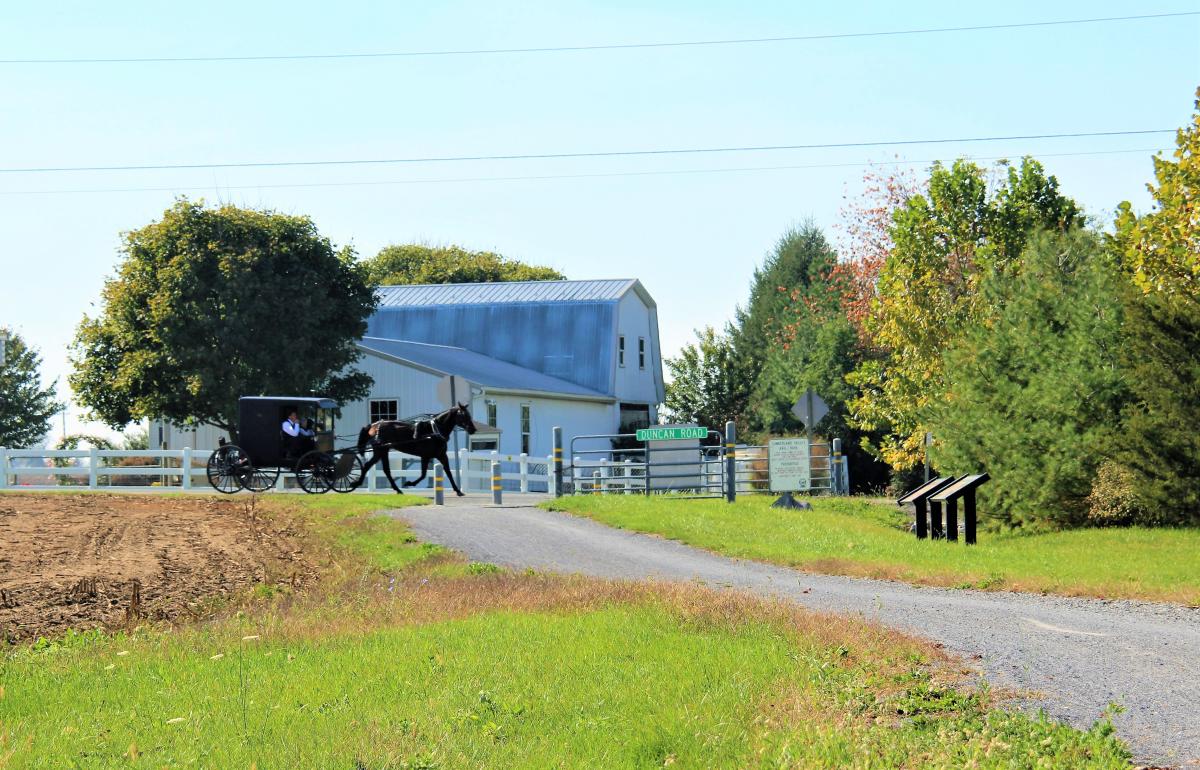 Outdoor enthusiasts can hike, bike, or walk the 13-mile Cumberland Valley Rail Trail from Shippensburg to Newville, which follows the path of the old Cumberland Valley Railroad. Freight and passenger service in the Cumberland Valley from Harrisburg to Chambersburg began in 1837. The railroad also ran the first passenger sleeping car in the U.S. in 1839. Stop along the way to read the 13 interpretive waypoint signs that focus on the agricultural and Civil War heritage in this region of the Cumberland Valley. The trail traverses wooded areas and farmlands and features a crushed limestone surface (except for a ½-mile of the trail near Newville, which is paved). At the Shippensburg Station trailhead, be sure to visit the Cumberland Valley Railroad Museum, located inside a restored 50-foot boxcar, and the adjacent Conrail Museum, located inside a restored 86-foot boxcar.
Outdoor enthusiasts can hike, bike, or walk the 13-mile Cumberland Valley Rail Trail from Shippensburg to Newville, which follows the path of the old Cumberland Valley Railroad. Freight and passenger service in the Cumberland Valley from Harrisburg to Chambersburg began in 1837. The railroad also ran the first passenger sleeping car in the U.S. in 1839. Stop along the way to read the 13 interpretive waypoint signs that focus on the agricultural and Civil War heritage in this region of the Cumberland Valley. The trail traverses wooded areas and farmlands and features a crushed limestone surface (except for a ½-mile of the trail near Newville, which is paved). At the Shippensburg Station trailhead, be sure to visit the Cumberland Valley Railroad Museum, located inside a restored 50-foot boxcar, and the adjacent Conrail Museum, located inside a restored 86-foot boxcar.
LeTort Spring Run Nature Trail
 In addition to hiking and biking along the 6-foot-wide crushed stone path of the LeTort Spring Run Nature Trail, nature lovers can enjoy an abundance of bird sightings, including songbirds, fishing birds, sparrows, woodpeckers, and hawk species. Located near downtown Carlisle, the trail runs alongside the LeTort Spring Run and features interpretive signage that highlights the namesake of the LeTort, steam-based industries along the trail, the South Mountain Railroad, and historic architecture.
In addition to hiking and biking along the 6-foot-wide crushed stone path of the LeTort Spring Run Nature Trail, nature lovers can enjoy an abundance of bird sightings, including songbirds, fishing birds, sparrows, woodpeckers, and hawk species. Located near downtown Carlisle, the trail runs alongside the LeTort Spring Run and features interpretive signage that highlights the namesake of the LeTort, steam-based industries along the trail, the South Mountain Railroad, and historic architecture.
Carlisle's Historic Wayside Markers
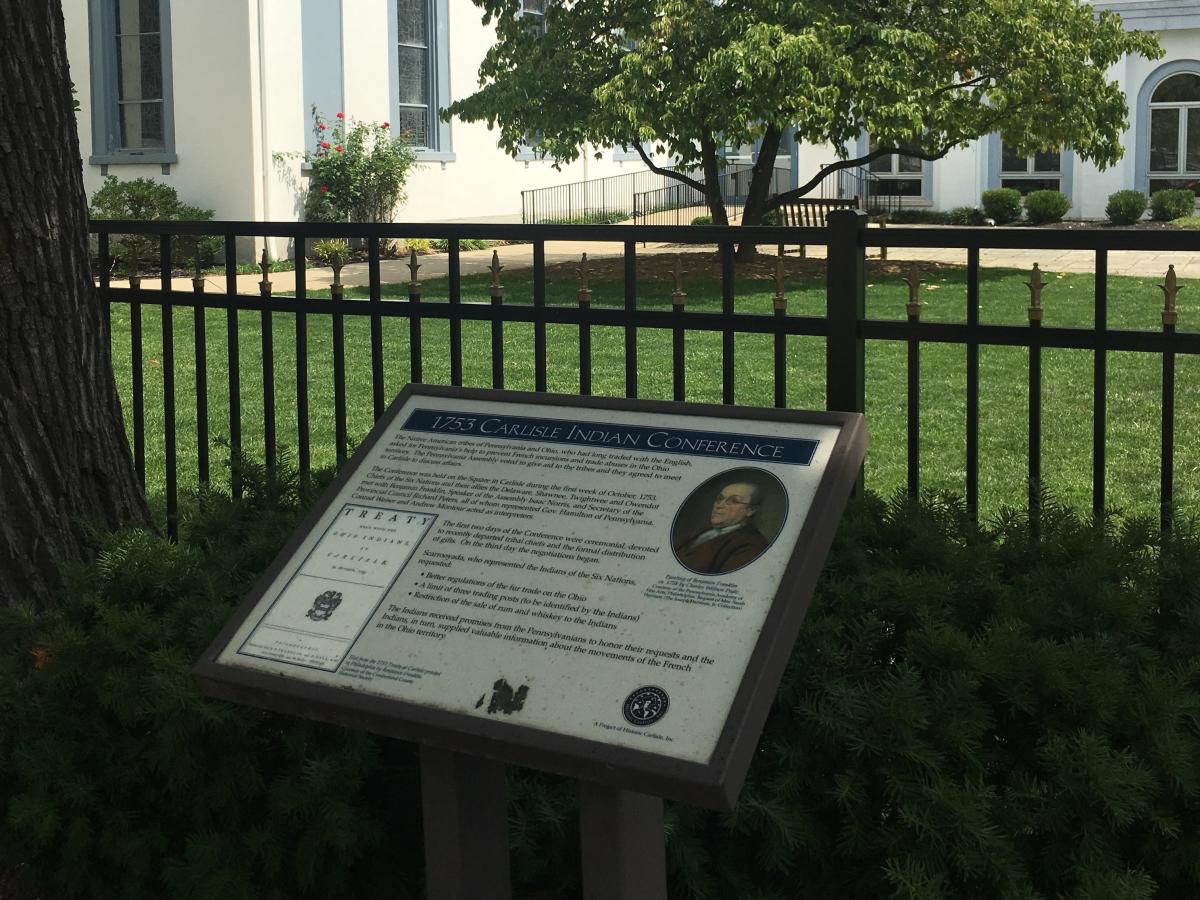 As you casually walk through downtown Carlisle, you will come across almost 30 historic wayside markers showcasing the town’s rich history dating back to the 1700s. Highlights include the Old County Prison, the Carlisle Theatre, and the Old Public Graveyard. Sign up for the free Carlisle History Walk passport, check in, and earn prizes. You're guaranteed to enjoy this fun activity that offers a glimpse into the past and invites you to connect with stories that shaped our community.
As you casually walk through downtown Carlisle, you will come across almost 30 historic wayside markers showcasing the town’s rich history dating back to the 1700s. Highlights include the Old County Prison, the Carlisle Theatre, and the Old Public Graveyard. Sign up for the free Carlisle History Walk passport, check in, and earn prizes. You're guaranteed to enjoy this fun activity that offers a glimpse into the past and invites you to connect with stories that shaped our community.
If you have time, stop at the Cumberland County Historical Society, where you can learn more about the history of Carlisle and Cumberland Valley.
Appalachian Trail Museum
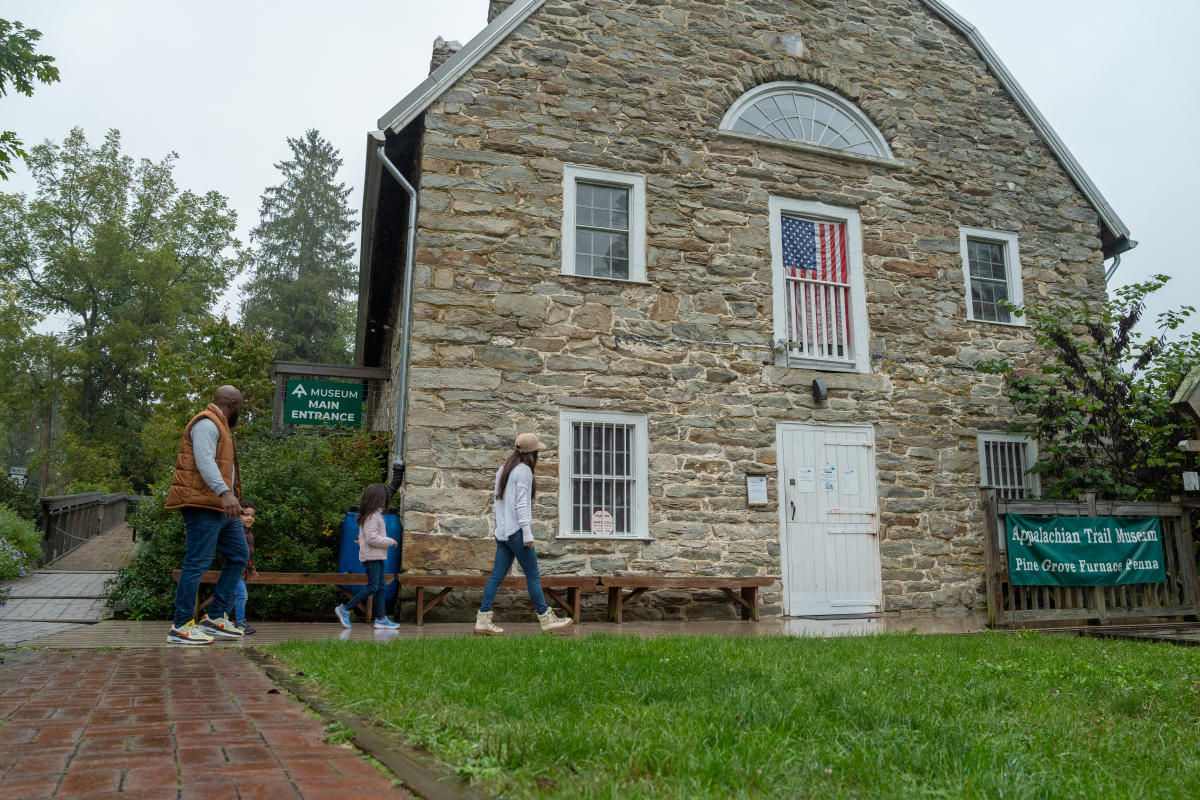 While you are hiking to the midpoint of the Appalachian Trail in Pine Grove Furnace State Park, visit the Appalachian Trail Museum to learn more about the history of this iconic footpath. Located in a renovated 200-year-old grist mill, changing exhibits and a photo display portray and preserve the history and the physical, emotional, and spiritual human experiences of the trail. The museum also features a hikers' lounge, an indoor/outdoor storytelling area, a lower-level children's area, and a research library. It is the only museum in the country dedicated to hiking. (Open seasonally from early April through early November.)
While you are hiking to the midpoint of the Appalachian Trail in Pine Grove Furnace State Park, visit the Appalachian Trail Museum to learn more about the history of this iconic footpath. Located in a renovated 200-year-old grist mill, changing exhibits and a photo display portray and preserve the history and the physical, emotional, and spiritual human experiences of the trail. The museum also features a hikers' lounge, an indoor/outdoor storytelling area, a lower-level children's area, and a research library. It is the only museum in the country dedicated to hiking. (Open seasonally from early April through early November.)



